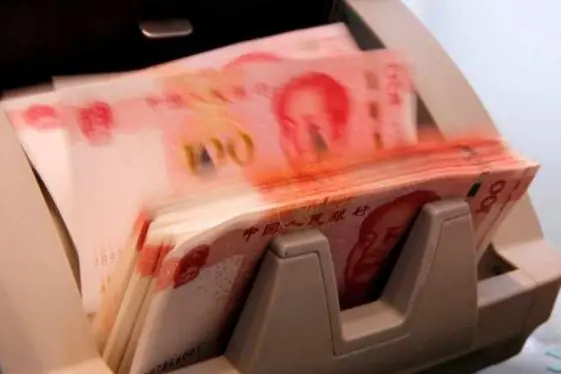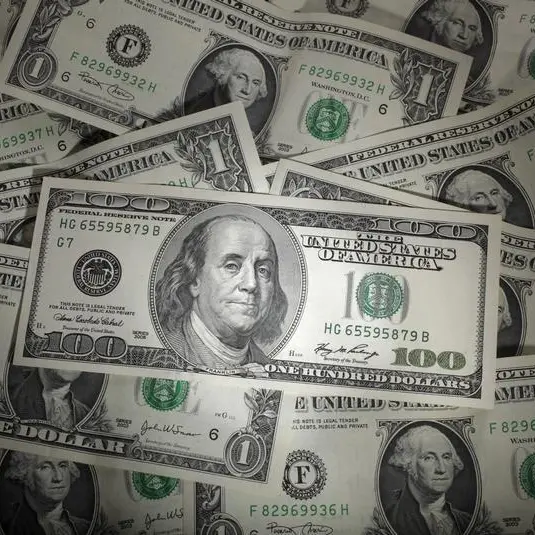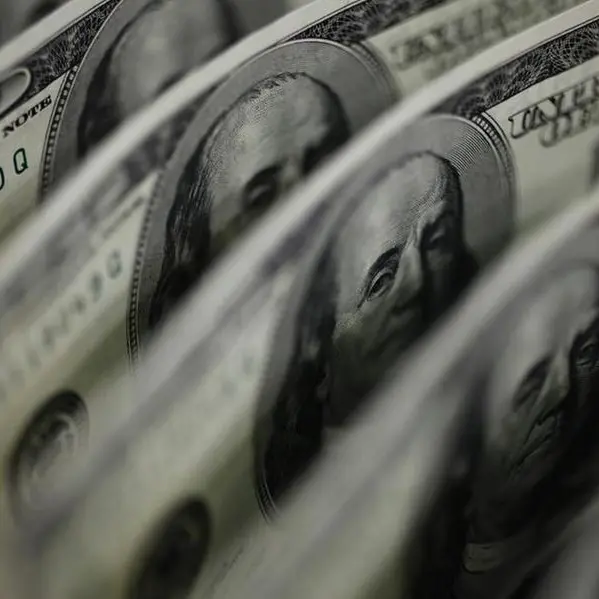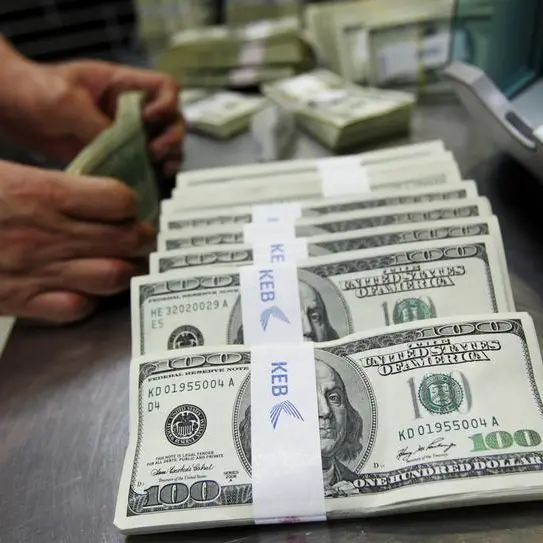PHOTO
China's yuan ended domestic trade at its lowest level in more than 19 months on Thursday as expectations of aggressive U.S. policy tightening and a flight to safety lifted the dollar, while prolonged COVID lockdowns hobbled the Chinese economy.
The dollar's climb to a two-decade high followed new data showing surprisingly persistent U.S inflation, raising investor worries that the Federal Reserve may need to accelerate policy tightening to cool prices.
That is likely to exacerbate conditions that have contributed to the yuan slipping more than 6% against the dollar since the end of March.
"Markets are wondering how aggressive Fed tightening has to be to curb high inflation. Domestically, COVID and lockdowns are also weighing on the yuan, and the property downturn is another risk," said Ken Cheung, Asia chief FX strategist at Mizuho Bank.
But Cheung said that the People's Bank of China (PBOC) seemed reluctant to step in more aggressively, while an index tracking the yuan against a trade-weighted basket remains above 100, offering some downside room for the currency.
While traders said a slightly stronger-than-expected yuan fixing on Thursday suggested the PBOC hopes to slow the pace of the yuan's losses, analysts at Citi said the relatively mild regulatory reaction so far suggests tacit approval of depreciation.
A weaker yuan could potentially help support the country's export sector and battered small businesses, Citi said.
Before the market open, the PBOC set the yuan's daily midpoint rate at 6.7292 per dollar, firmer than a Reuters forecast of 6.7362 per dollar, but still its weakest since Oct. 16, 2020.
Onshore spot yuan opened at 6.7355 per dollar and slipped as low as 6.7919 per dollar, its weakest level since Sept. 30, 2020. It finished its domestic trading session at 6.79 per dollar, its weakest such close in the same time period.
Traders said the sharp drop of more than 650 pips from Wednesday's late-night close reflected heightened exchange rate volatility as COVID lockdowns contributed to poor market liquidity, with bankers and FX brokers in both Shanghai and Beijing forced to work remotely.
Trading volume was about 30% lower on Thursday than in the previous day's session.
Authorities in Shanghai on Thursday worked to clear the way for an end to a painful six-week COVID lockdown, while Beijing curbed taxi services to keep a lid on its smaller outbreak.
The offshore yuan also weakened sharply, slipping past the psychologically important 6.8 per dollar level to a low of 6.8245, also its weakest since September 2020.
Traders and analysts said that widening spread between the onshore and offshore yuan pointed to solidifying expectations that the onshore currency could fall even more.
"The Chinese economy is set to slow further as the property softness and COVID-induced consumption (weakness) remain the key drag," Hao Zhou, senior economist at Commerzbank said in a note, noting a weakening bias for the Chinese currency. Faster-than-expected Fed tightening could create further depreciation risks.
The PBOC is likely to opt for easing to prevent a full-blown economic slowdown, but will probably step in to reduce market volatility "when they deem necessary," he said.
China is considering new incremental policies to prop up growth and will take steps when necessary, a senior official of China's Communist Party said on Thursday.
Zhou forecast a level of 6.70 per dollar for the onshore yuan by the end of 2022, but said he plans to revisit the forecast in coming months.
Offshore one-year non-deliverable forwards contracts (NDFs), considered the best available proxy for forward-looking market expectations of the yuan's value, traded at 6.8033.
(Reporting by Andrew Galbraith, Jindong Zhang and Winni Zhou; editing by Richard Pullin and Kim Coghill)












